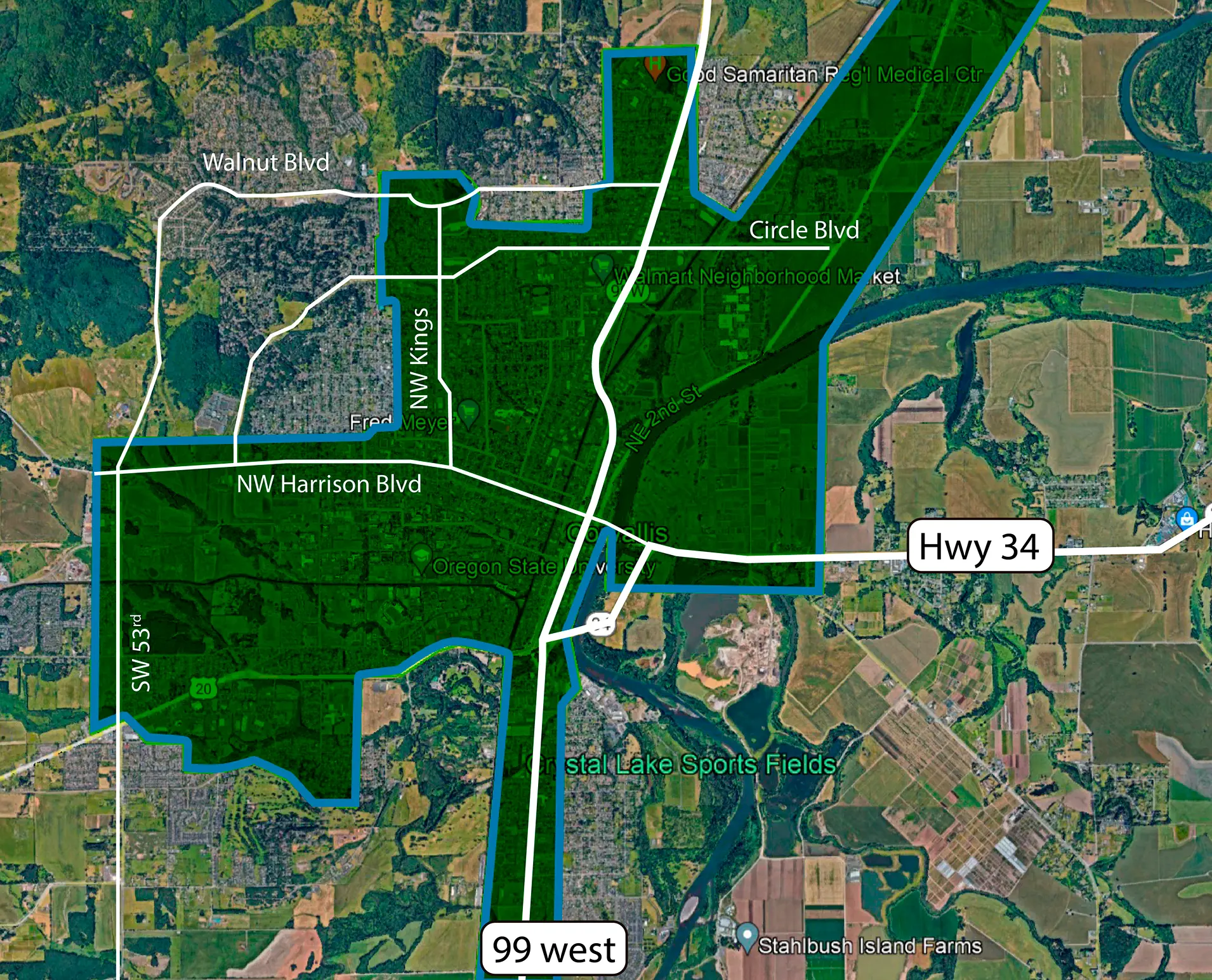Whether you’re a growing startup, a mid-sized enterprise, or a large organization, choosing the right type of business bandwidth can dramatically impact productivity, efficiency, and customer experience.
From dedicated bandwidth to fiber optic and enterprise internet, it’s critical to understand how these components affect your performance.
This guide from Lightspeed Networks will break down the most important concepts, including how latency, bandwidth speed, and fiber technology all work together, and why choosing dedicated bandwidth could be one of the smartest decisions your business makes.
What is Dedicated Bandwidth and Why Does It Matter?
Dedicated bandwidth is a fixed internet connection reserved solely for your business. Unlike shared bandwidth, where multiple users draw from the same source, dedicated bandwidth delivers consistent performance regardless of the time of day or local network traffic.
Why choose dedicated bandwidth over shared bandwidth?
| Feature | Shared Bandwidth | Dedicated Bandwidth |
| Performance | Variable during peak hours | Consistent and reliable |
| Upload/Download Speed | Typically asymmetrical | Typically symmetrical |
| Service Level Agreements | Rare | Standard with most plans |
| Ideal Use Case | Residential or casual use | Business-critical operations |
For cloud applications, remote work, VoIP, and real-time data transfers, dedicated bandwidth delivers the stability and speed your operations depend on.
What’s the Difference Between Symmetrical and Asymmetrical Bandwidth?
Symmetrical bandwidth provides equal download and upload speeds. For example, a 500 Mbps symmetrical connection gives you 500 Mbps both ways. This is essential for businesses that upload large files, perform cloud backups, or run video conferencing.
Asymmetrical bandwidth, on the other hand, favors download speed. These plans are common in residential setups but create bottlenecks in business environments where upload speeds are just as crucial.
When does symmetrical bandwidth make sense?
- Cloud collaboration tools (Google Drive, Dropbox, Microsoft 365)
- Live video streaming and conferencing (Zoom, Teams)
- Real-time communications and customer service tools
- Remote file sharing or software development
Why Fiber-Optic Bandwidth is a Game-Changer for Business
Fiber-optic networks are designed for speed, reliability, and scalability. Here’s how fiber outperforms traditional copper cable bandwidth:
| Feature | Fiber Optic Bandwidth | Copper Cable Bandwidth |
| Speed | Up to multi-Gbps | Typically maxes out at 100 Mbps |
| Latency | Extremely low | Higher latency |
| Distance | Signal maintains over miles | Signal degrades quickly |
| Interference Resistance | Immune to electromagnetic noise | Susceptible to interference |
How Does Bandwidth Affect Latency? And Vice Versa?
What is the relationship between bandwidth and latency?
Bandwidth is the amount of data your connection can handle at once. Think of it as the width of a highway.
Latency is the delay before that data begins to move. In this analogy, it’s how quickly traffic starts moving after a light turns green.
What this means for your business is that both bandwidth and latency play critical roles in network performance.
High bandwidth allows more data to flow at once, which is important for tasks like large file transfers or streaming. Low latency ensures that data starts moving quickly, which is essential for real-time applications like video conferencing or VoIP.
Even if you have plenty of bandwidth, high latency can cause frustrating delays, lag, and poor responsiveness. This is especially noticeable in interactive tools or cloud-based platforms.
For truly reliable performance, your connection needs both high bandwidth and low latency working together.
| Network Type | Bandwidth | Latency | Result |
| High bandwidth, low latency | Excellent | Excellent | Optimal performance |
| High bandwidth, high latency | Excellent | Poor | Slower real-time interaction |
| Low bandwidth, high latency | Poor | Poor | Major productivity bottlenecks |
Fiber technology helps avoid both issues. With dedicated fiber bandwidth, you minimize delays and maximize throughput.
How Much Bandwidth Does My Business Need?
This question doesn’t have a one-size-fits-all answer, but here are key factors to consider:
Questions to ask:
- How many users and devices need internet access?
- Do you regularly transfer large files or back up to the cloud?
- Are video calls or virtual meetings routine?
- Is your team working on-premise, remote, or hybrid?
- Are you planning to scale up soon?
Rule of thumb:
- Light usage (email, browsing): 1-5 Mbps per user
- Moderate usage (streaming, VoIP, cloud): 5-10 Mbps per user
- Heavy usage (file transfers, backups, remote tools): 10-20+ Mbps per user
A scalable enterprise internet bandwidth plan ensures you’re not under-provisioned today or stuck tomorrow.
Why Customized Fiber Bandwidth is the Smart Choice
Cookie-cutter packages don’t work for serious businesses. Lightspeed Networks offers customized fiber bandwidth tailored to your current needs with built-in scalability for the future.
Benefits include:
- Guaranteed symmetrical bandwidth
- Lower latency and higher reliability
- Scalable plans for growing teams
- Direct access to enterprise-grade support
We help clients move from outdated copper bandwidth or congested shared plans to purpose-built, high-performance fiber connections.
Make Your Internet a Competitive Advantage
Choosing dedicated bandwidth, symmetrical speeds, and fiber infrastructure ensures your team can collaborate faster, respond quicker, and stay connected when it matters most.
If you’re ready to eliminate latency frustrations, gain predictable performance, and get enterprise bandwidth built for your future, connect with Lightspeed Networks. Let’s power your business with internet that works as hard as you do.





